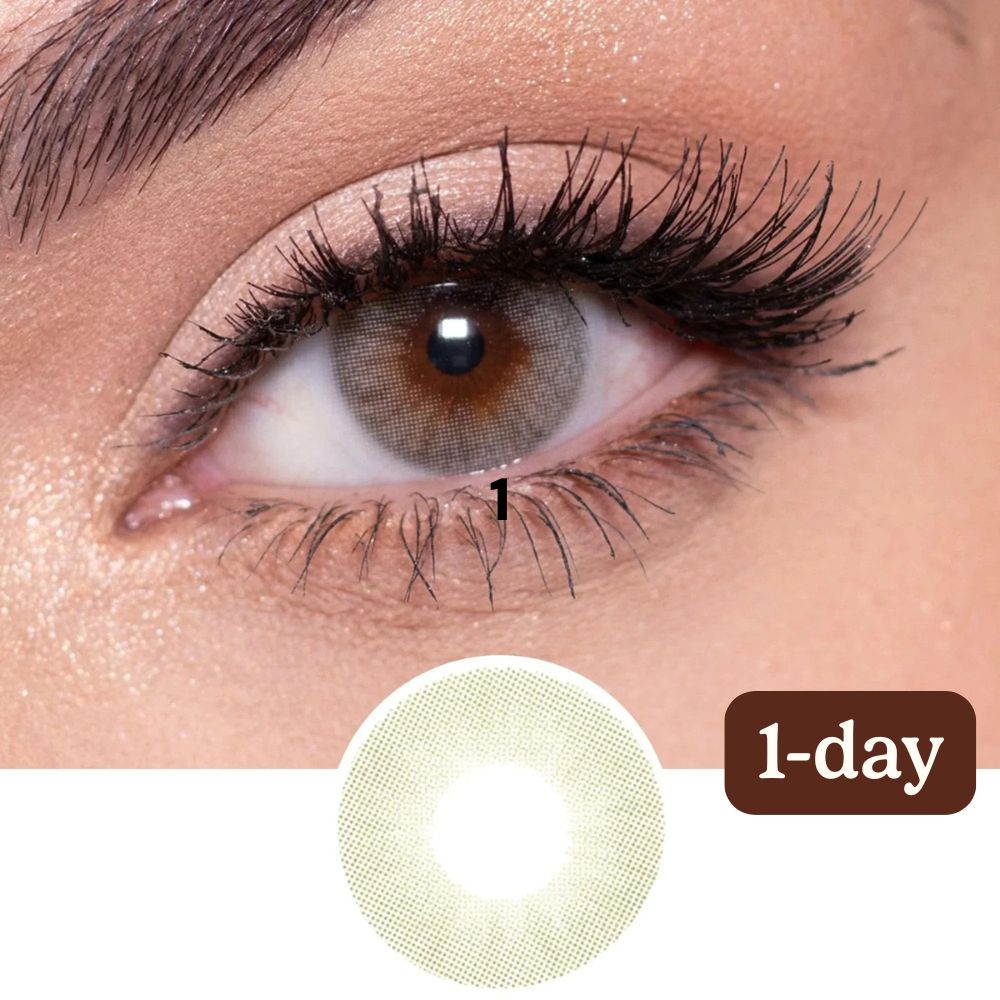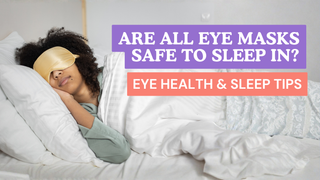Contact lenses offer a convenient solution for vision correction, with toric contact lenses playing a vital role for those with specific visual needs. In this article, we explore what toric contact lenses are and their importance for individuals with astigmatism.
Understanding Astigmatism
Astigmatism is a common refractive error of the eye that causes blurred vision. It occurs when the cornea or lens of the eye is irregularly shaped, resulting in light not focusing properly on the retina. This irregular shape can cause light to focus on multiple points rather than a single point, leading to distorted or blurred vision at all distances.
What are Toric Contact Lenses?
Toric contact lenses are specially designed to correct astigmatism. The term “toric lens” derives from their unique shape – a torus, resembling a ring or a slice of the side of this ring. This design allows for different focusing powers on the vertical and horizontal orientations of the lens. On a prescription, toric lenses are indicated by a cylinder (CYL) value, specifying the lens power needed for astigmatism correction, and an axis (AX) value, indicating the orientation of the lens.
How Do Toric Contact Lenses Work?
Toric lenses must sit on the eye in a specific orientation. They are engineered with thicker or heavier zones to ensure they maintain the correct position on the eye, enabling them to self-correct and stay in place. The central axis of these lenses ensures clarity of vision. If the lenses shift and cause blurriness, rewetting drops can help reposition them. Consistent misalignment may indicate a need for re-fitting.
Benefits of Toric Contact Lenses
Toric lenses are crucial for individuals with astigmatism, providing:
-
Clear and Accurate Vision Correction: Tailored to address the specific curvature and refractive errors of astigmatism.
-
Comfort: Modern toric lenses are designed for optimal comfort and stability.
-
Diverse Options: Available in various modalities, including daily disposables and colored lenses.
Choosing the Right Toric Contact Lenses
Contact lenses offer a convenient solution for vision correction, with toric contact lenses playing a vital role for those with specific visual needs. In this article, we explore what toric contact lenses are and their importance for individuals with astigmatism.
Contact lenses offer a convenient solution for vision correction, with toric contact lenses playing a vital role for those with specific visual needs. Choosing the right toric contact lenses for astigmatism involves several steps to ensure optimal vision correction, comfort, and eye health. Here are the steps you should take:
1. Consult an Eye Care Professional
-
Schedule an Eye Exam: Book an appointment with an optometrist or ophthalmologist for a comprehensive eye exam.
-
Discuss Your Needs: Explain your lifestyle, vision requirements, and any preferences you have for contact lenses.
2. Get a Detailed Eye Measurement
-
Measure Astigmatism: The eye care professional will measure the degree of your astigmatism and determine the appropriate lens power for each eye.
-
Corneal Topography: This test maps the curvature of your cornea to help select the best fitting toric lens.
3. Choose the Type of Toric Lens
-
Material: Decide between soft toric lenses and rigid gas-permeable (RGP) lenses. Soft lenses are generally more comfortable, while RGP lenses may offer sharper vision.
-
Daily vs. Extended Wear: Choose between daily disposable lenses, which are convenient and hygienic, or extended wear lenses, which can be worn for longer periods.
4. Consider Your Lifestyle
-
Activity Level: If you have an active lifestyle, you might prefer lenses that offer better stability and comfort during physical activities.
-
Convenience: Daily disposables might be a better choice if you prefer low-maintenance lenses.
5. Evaluate Lens Features
-
Stabilization Design: Ensure the toric lenses have a good stabilization mechanism to keep them properly oriented on your eye.
-
Hydration and Oxygen Permeability: Look for lenses that offer high oxygen permeability and good moisture retention to keep your eyes comfortable and healthy.
6. Trial Period
-
Fitting and Comfort: Wear the lenses for a trial period to assess comfort, vision clarity, and how well they stay in place.
-
Adjustments: Be prepared to try different brands or adjustments in lens power if the initial pair isn’t perfect.
7. Follow-Up Appointments
-
Regular Check-Ups: Schedule follow-up appointments to ensure the lenses are fitting well and not causing any eye health issues.
-
Report Any Issues: Immediately report any discomfort, redness, or vision problems to your eye care professional.
8. Proper Care and Maintenance
-
Cleaning and Storage: Follow the recommended cleaning and storage procedures if you choose reusable lenses.
-
Replacement Schedule: Adhere to the lens replacement schedule to maintain eye health.
9. Stay Informed
-
Education: Keep yourself informed about new advancements in contact lens technology and options.
By following these steps, you can work with your eye care professional to select toric contact lenses that provide the best vision correction, comfort, and fit for your specific needs. Selecting suitable toric lenses involves a comprehensive eye examination to determine the precise prescription. Understanding the wide range of brands and types available can help in making an informed choice that suits your lifestyle and vision needs.
Care and Maintenance of Toric Contact Lenses
Proper care and maintenance are essential for the effectiveness and longevity of toric lenses. Regular cleaning, proper storage, and adherence to good hygiene practices are crucial to prevent eye infections and ensure lens comfort.
Are there Color Contact Lenses for Astigmatism?
Yes, there are color contact lenses available for people with astigmatism. These lenses are called toric color contact lenses, and they combine the features of toric lenses (to correct astigmatism) with color tints to change or enhance the color of your eyes.
Types:
-
Opaque Lenses: These lenses are designed to completely change the color of your eyes, suitable for people with dark eye colors.
-
Enhancement Tints: These lenses enhance the natural color of your eyes and are typically more subtle, best for people with lighter eye colors.
Conclusion
Toric contact lenses offer a specialized solution for those with astigmatism, ensuring clear vision and comfort. Consult with an eye care professional for a tailored prescription and lens fitting.








